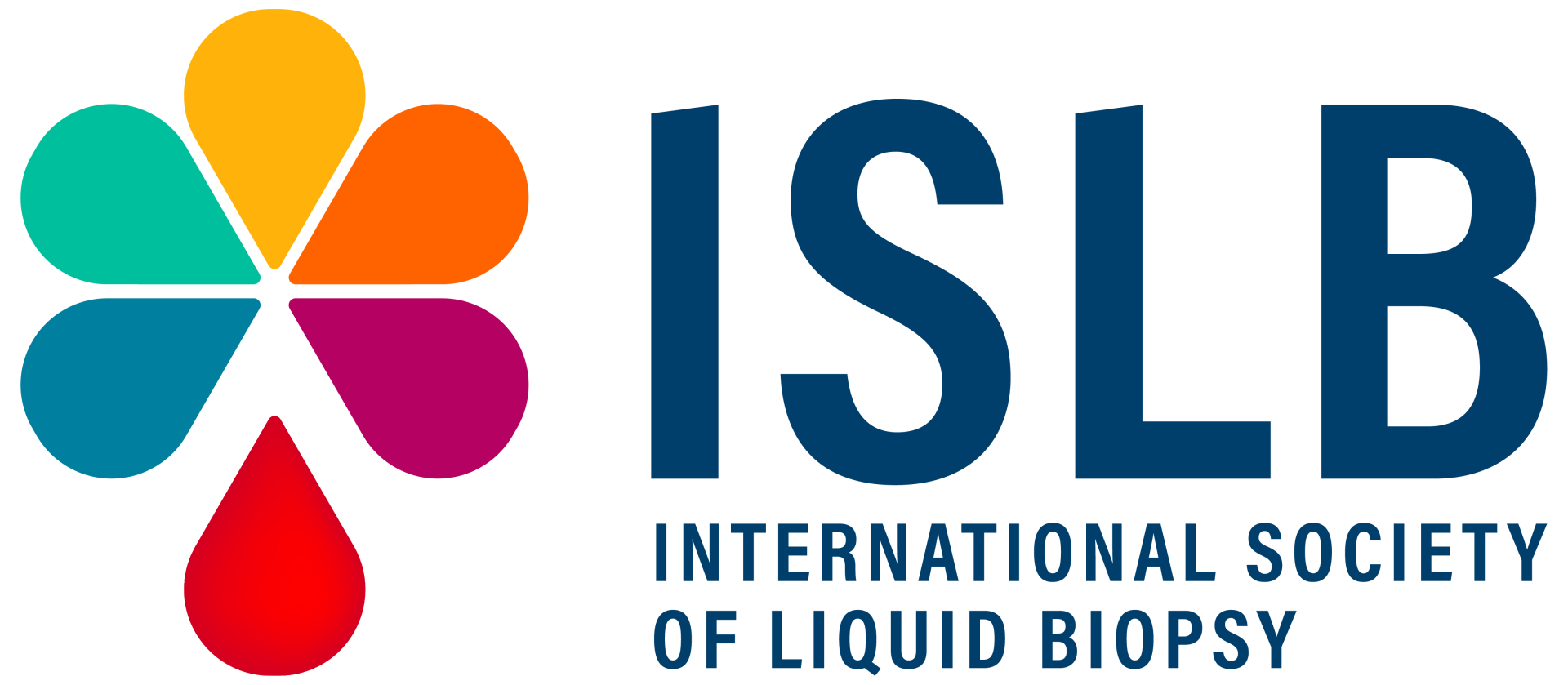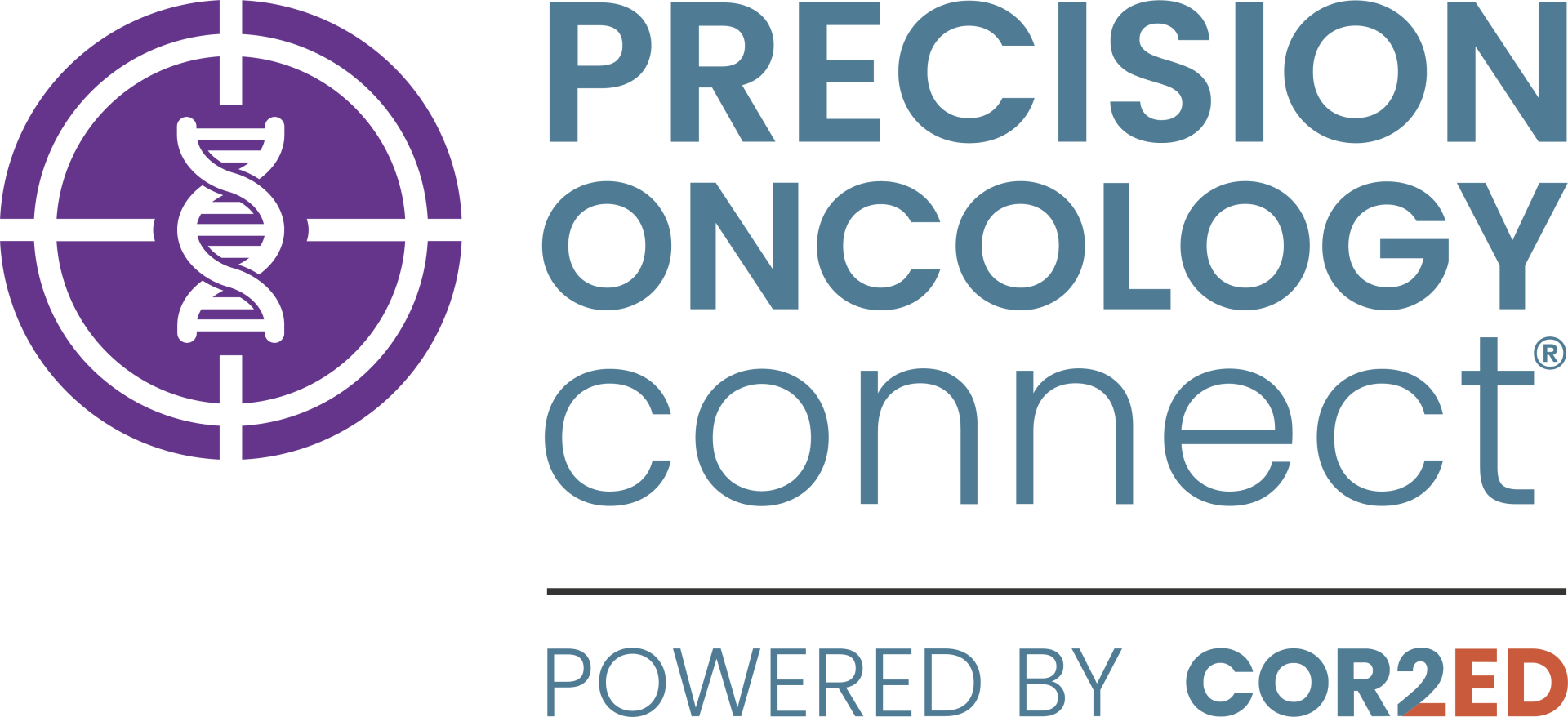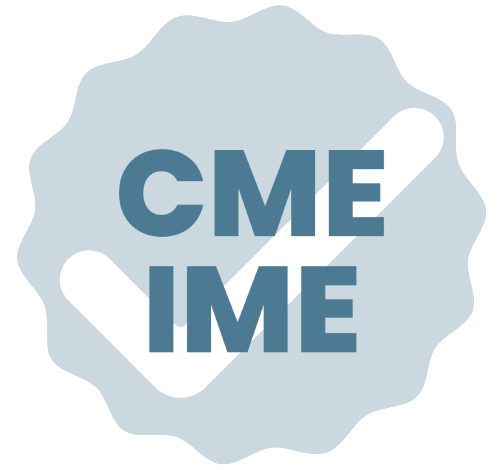Advancements in molecular testing have changed the diagnostic landscape in oncology, including the role of liquid biopsy as a testing method.
In this clinical topic video, molecular pathologist Assoc. Prof. Umberto Malapelle shares his insights into exactly how the role of liquid biopsy in precision oncology is evolving. He discusses the clinical application of liquid biopsies across the cancer patient journey, with a focus on non-small cell lung cancer (NSCLC), breast cancer and colorectal cancer.
Clinical takeaways
- Liquid biopsies offer a less invasive alternative to traditional tissue biopsies and can be used to test the molecular landscape for patients with any solid tumour
- The role of liquid biopsy should be seen as a complementary testing method to tissue based assays and the information derived should be reviewed in combination with tissue results
- The clinical application of liquid biopsies ranges from screening and diagnosis, treatment guidance, monitoring minimal residual disease to assessing chemotherapy resistance







 Downloadable
Downloadable  6 MIN
6 MIN
 Dec 2025
Dec 2025 








